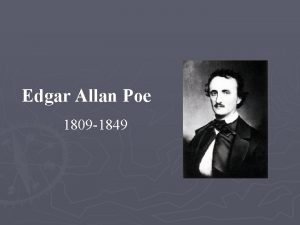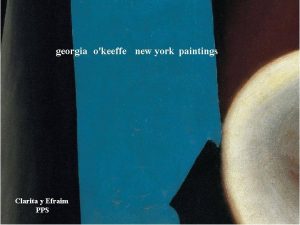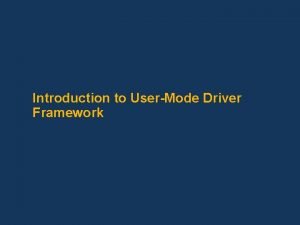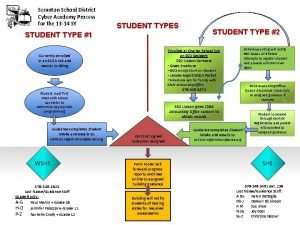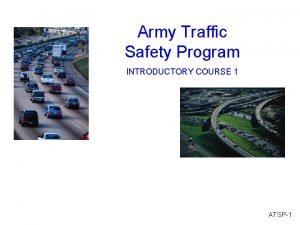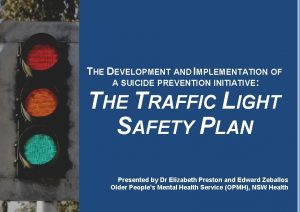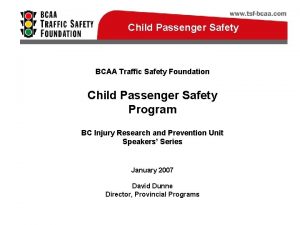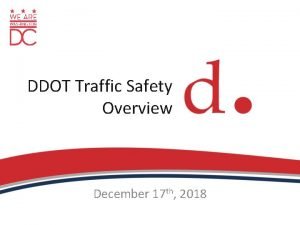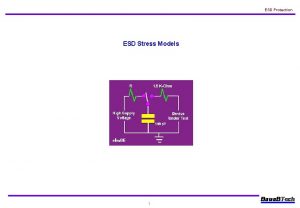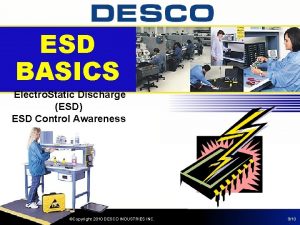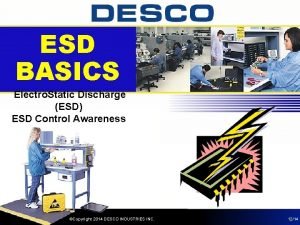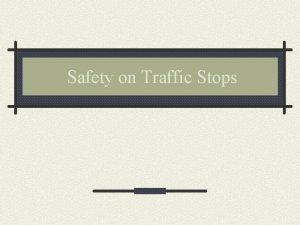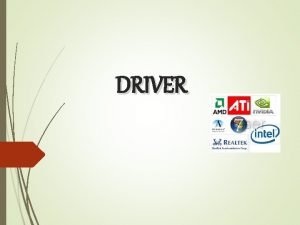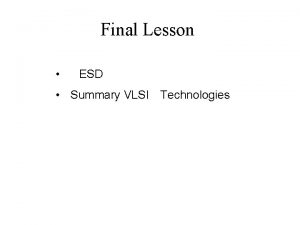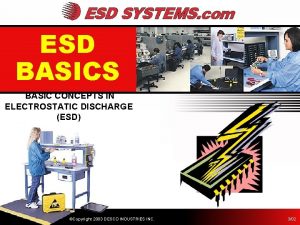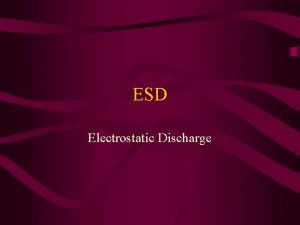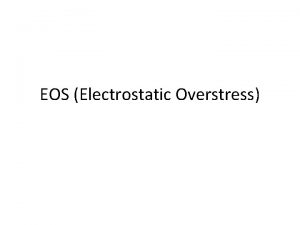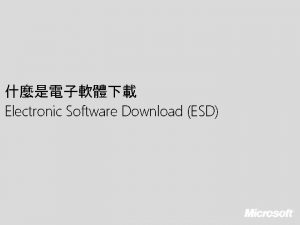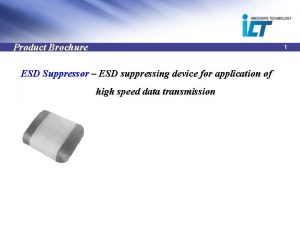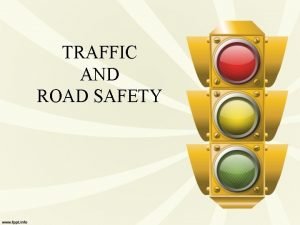Shelton School District ESD 113 Traffic Safety Driver





















- Slides: 21

Shelton School District ESD 113 Traffic Safety Driver Risk Prevention Curriculum Reference Points for Precise Vehicle Placement 1

Why Reference Points Are Needed How wide is a car? 5 – 6 feet wide. How wide is a lane? 9 – 14 feet wide. Generally a lane is twice as wide as a car! 2

Vehicle Blind Areas The body of the car blocks the driver's view of the roadway n One car length to the front n Two car lengths to the rear n One car width to the left n Two car widths to the right 3

The Optical Illusion n Drivers cannot see the actual position of the vehicle on the roadway. n Blind Area creates an optical illusion that makes the vehicle seem larger than it really is. Reference Points Help Drivers Overcome This Problem 4

Reference Points Defined n A Reference Point is a place on the vehicle that relates to some part of the roadway n Used for precision vehicle placement Reference: Mottola, F. R. (1997). “Empower Yourself with Zone Control Driving” 5

Advantages of Reference Points n Helps to overcome the optical illusion caused by the body of the vehicle blocking the drivers view of the operating space. n Allows for accurate lane position adjustments. n Allows drivers to confidently maneuver in confined places. n The reference points for one vehicle can be applied to any vehicle. 6

Right Side Limit 3 -6 inches away from a line or curb Standard Reference Point: Center of the hood. The curb, pavement line, or edge of the road appears to line up with the center of the hood. Used when positioning vehicle on the right edge of 7 the lane,

Where are the right side tires in relationship to the curb? A. In the grass B. A foot to the left of the curb C. Just to the left of the curb 8

9

10

Front Limit Standard Reference Point: Corner post or side The curb, pavement line, or edge of the road appears to line up under the side mirror or with the corner post. 11

Front Limit The curb line it appears to line up with the outside rear view mirror or corner post. How it is used? • Precision legal stop: When you are at intersections • Safety Stop to get a clear line-of-sight • When you are perpendicular parking 12

Where is the front bumper in relationship to the white line? A. Well beyond the line, penetrating the traffic lane B. Just over the line C. Just before the line 13

14

15

Lane Position Options 4 2 3 1 5 Lane positions 4 and 5 Straddling the line to avoid a problem 16

Where is the rear bumper in relationship to the yellow line? A. Well beyond the line B. Just over the line C. Just before the line 17

18

Rear Limit Used when backing to stop before a line, curb, sidewalk or wall. The curb, pavement line, or edge of the road appears to line up one foot behind the door post or the middle of the rear side window Standard Reference Point: 1 foot behind the door post or the middle of the rear side window. 19

20

Review Standard Reference Points n Center of the Hood Ø Right Side Limit n Corner Post or Side Mirror Ø Front Limit n Rear Corner Post or Blind spot, directly above the center of the rear tire Ø Pivot Point for Backing Turns 21
 Inbound traffic vs outbound traffic
Inbound traffic vs outbound traffic All traffic solutions
All traffic solutions Getting a driver's license illegally may result in
Getting a driver's license illegally may result in Ipds raytheon
Ipds raytheon Bush rudnicki shelton
Bush rudnicki shelton Apartments near shelton state community college
Apartments near shelton state community college The basketball player by terry rudder genre
The basketball player by terry rudder genre Wellington shelton
Wellington shelton Sarah elmira royster shelton
Sarah elmira royster shelton Stuart shelton
Stuart shelton Jama shelton
Jama shelton Georgia o'keeffe
Georgia o'keeffe Umdf reflector
Umdf reflector Summer school lodi unified
Summer school lodi unified Iswk uniform
Iswk uniform Scranton school district
Scranton school district Army traffic safety course
Army traffic safety course Traffic light safety plan mental health
Traffic light safety plan mental health Brekford traffic safety
Brekford traffic safety Bcaa traffic safety foundation
Bcaa traffic safety foundation Army traffic safety introductory course
Army traffic safety introductory course Ddot traffic safety assessment
Ddot traffic safety assessment








